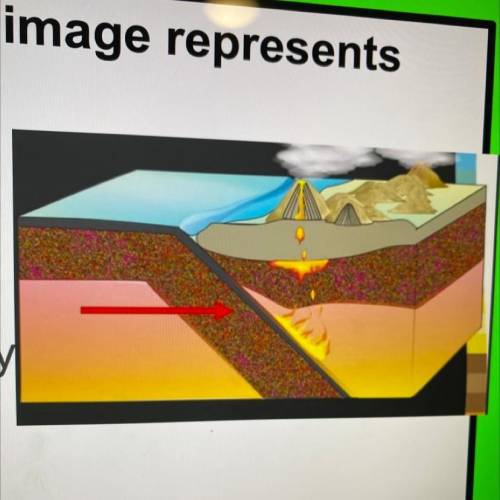The grey line in this image represents
what?
A. Divergent boundary
B. Transform boundar...

Biology, 11.02.2021 20:00 luludawn3874
The grey line in this image represents
what?
A. Divergent boundary
B. Transform boundary
C. Mid ocean ridge
D. Convergent boundary


Answers: 2


Other questions on the subject: Biology

Biology, 22.06.2019 14:30, seby951
How do water’s relative densities as a solid and a liquid differ from that of most other substances? water’s solid and liquid forms have different densities, while most other substances have solid and liquid forms with similar densities. water’s solid and liquid forms have similar densities, while most other substances have solid and liquid forms with different densities. water’s liquid form is less dense than its solid form, while the opposite is true of most other substances. water’s solid form is less dense than its liquid form, while the opposite is true of most other substances.
Answers: 3

Biology, 22.06.2019 16:50, victoriacarr638
Astudent completed a lab report. which correctly describes the difference between the “question” and “hypothesis” sections of her report? “question” states what she is asking, and “hypothesis” states the result of her experiment. “question” states what she is asking, and “hypothesis” states what she thinks the answer to that question is in “if . . then . . because” format. “question” describes what she is trying to find out, and "hypothesis" states the procedures and methods of data collection. “question” describes what she is trying to find out, and “hypothesis” states any additional information or prior knowledge about the question.
Answers: 3

You know the right answer?
Questions in other subjects:










Social Studies, 27.09.2019 01:30



